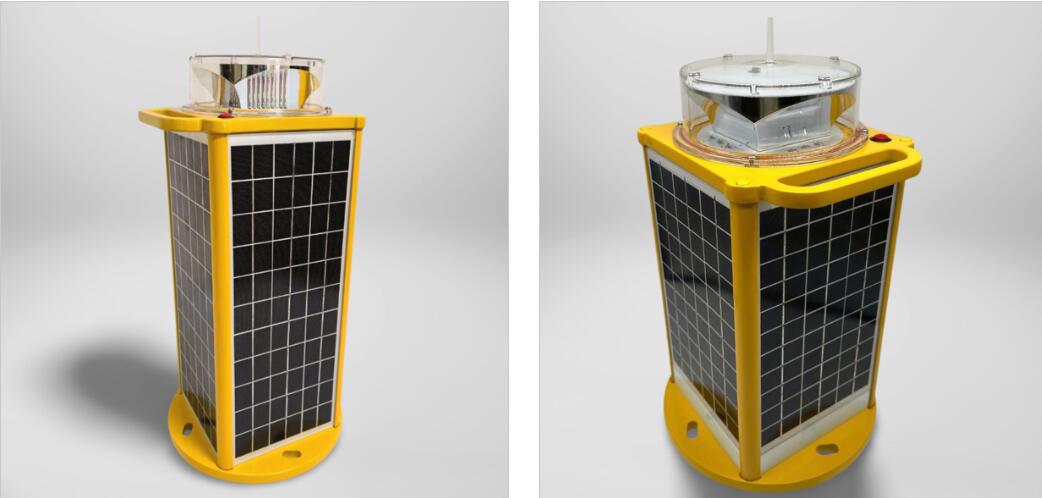Lantern Marine Solutions Guiding the Future of Maritime Navigation
In the dynamic world of maritime operations, where visibility and reliability determine safety, lantern marine systems have proven indispensable. These compact yet powerful lighting units serve as navigational beacons, signaling devices, and safety markers across vast oceanic expanses. Whether mounted on buoys, vessels, offshore platforms, or coastal installations, lantern marine technology continues to evolve, addressing the complex demands of modern seafaring.
The Essential Role of Lantern Marine Systems
Lantern marine systems are purpose-built to withstand harsh marine environments while providing consistent, high-intensity illumination. Their primary function is to offer visual cues to mariners, helping them identify navigational routes, hazards, safe zones, or fixed structures during both day and night operations.

Used extensively on:
Navigational buoys and beacons
Offshore wind farms and oil rigs
Ports, harbors, and breakwaters
Fishing vessels and cargo ships
These systems form a critical part of the International Association of Marine Aids to Navigation and Lighthouse Authorities (IALA) framework, helping ensure maritime safety and traffic efficiency worldwide.
| lantern marine |
Design Principles of Lantern Marine Technology
The modern lantern marine design is a blend of rugged engineering and smart technology. Built to endure saltwater corrosion, UV radiation, high winds, and constant motion, these lanterns are housed in weatherproof enclosures using materials like marine-grade aluminum, polycarbonate, or stainless steel.
Key features include:
Omnidirectional or sector-specific optics
Low power consumption through LED integration
Solar-charging capabilities for remote deployments
Flash pattern customization for identification
Most lantern marine units are modular, allowing operators to replace or upgrade parts without full system removal, enhancing operational efficiency and lifecycle value.
Integration with Maritime Digital Systems
As maritime industries embrace digitalization, lantern marine units are no longer standalone light sources. Instead, they form part of integrated maritime information systems. Equipped with remote monitoring sensors, GPS synchronization, and connectivity modules, these lights can transmit operational data to centralized control centers.
This capability allows for:
Remote health checks
Battery and light intensity monitoring
Geolocation and anti-drift alerts
Automatic activation based on ambient light conditions
In smart port infrastructure, lantern marine units often work in tandem with radar reflectors, AIS (Automatic Identification Systems), and weather stations to ensure a holistic approach to navigational safety.
Applications Across Maritime Sectors
1. Offshore Installations:
In offshore oil and gas or wind energy platforms, lantern marine units signal the presence of towering structures to prevent collisions. They mark perimeters and helidecks and are often integrated into synchronized lighting systems regulated by aviation and maritime authorities.
2. Coastal Navigation:
Coastal waters with heavy vessel traffic rely on lantern marine installations along shorelines, breakwaters, and harbor entrances. These lights help in channel marking and hazard identification, especially in complex terrains with rock formations, sandbanks, or shallow entries.
3. Inland Waterways:
In rivers, canals, and lakes, lantern marine solutions guide smaller vessels through locks, bridges, and narrow passages. Battery-powered, solar-enabled lanterns are often the preferred choice in such scenarios due to their low maintenance requirements.
4. Arctic and Harsh Environments:
Lantern marine systems deployed in polar regions face extreme conditions. Innovations in thermal insulation, anti-icing materials, and enhanced power efficiency allow them to perform consistently despite prolonged darkness and sub-zero temperatures.
Environmental Considerations
Sustainability is becoming a central focus in marine operations. Lantern marine systems have responded by adopting eco-friendly technologies. Solar-powered units with efficient LED sources drastically reduce carbon footprints and eliminate the need for external power grids or fuel-based generators.
Additionally, biodegradable or recyclable materials are now being used in construction, and designs emphasize energy storage efficiency to minimize ecological impact during both use and disposal.
Durability and Performance Standards
Marine lanterns are subject to rigorous international testing to ensure operational readiness. Certifications such as IALA compliance, IP67/IP68 waterproof ratings, and endurance under vibration or salt spray testing guarantee that lantern marine systems perform under extreme maritime conditions.
These standards ensure:
Reliability during extended operation cycles
Safety in critical zones like shipping lanes
Minimum downtime for maintenance crews
Regular updates in standards ensure that the lantern marine industry stays aligned with new technological and environmental expectations.
Challenges and Future Directions
While lantern marine technology has advanced significantly, challenges remain. Maintaining visibility in areas with high light pollution, overcoming logistical hurdles in remote regions, and ensuring real-time connectivity in poor signal zones are ongoing concerns.
However, the future is promising. Emerging trends include:
Hybrid energy systems combining wind and solar
Self-diagnostic lanterns with predictive maintenance algorithms
Integration with autonomous surface vessels
Smart lens technology to adapt beam shape and intensity dynamically
These innovations promise a new era of adaptive and intelligent lantern marine systems capable of supporting both traditional shipping and the evolving needs of marine robotics and offshore industries.
Lantern marine systems may be compact in form, but their role in maritime safety and infrastructure is anything but small. As global maritime traffic increases and offshore development expands, these intelligent lighting systems will continue to play a pivotal role in shaping secure, efficient, and environmentally responsible marine operations.
With advancements in material science, energy management, and digital connectivity, lantern marine solutions are well-positioned to illuminate the path forward—literally and figuratively—in the future of global navigation.
